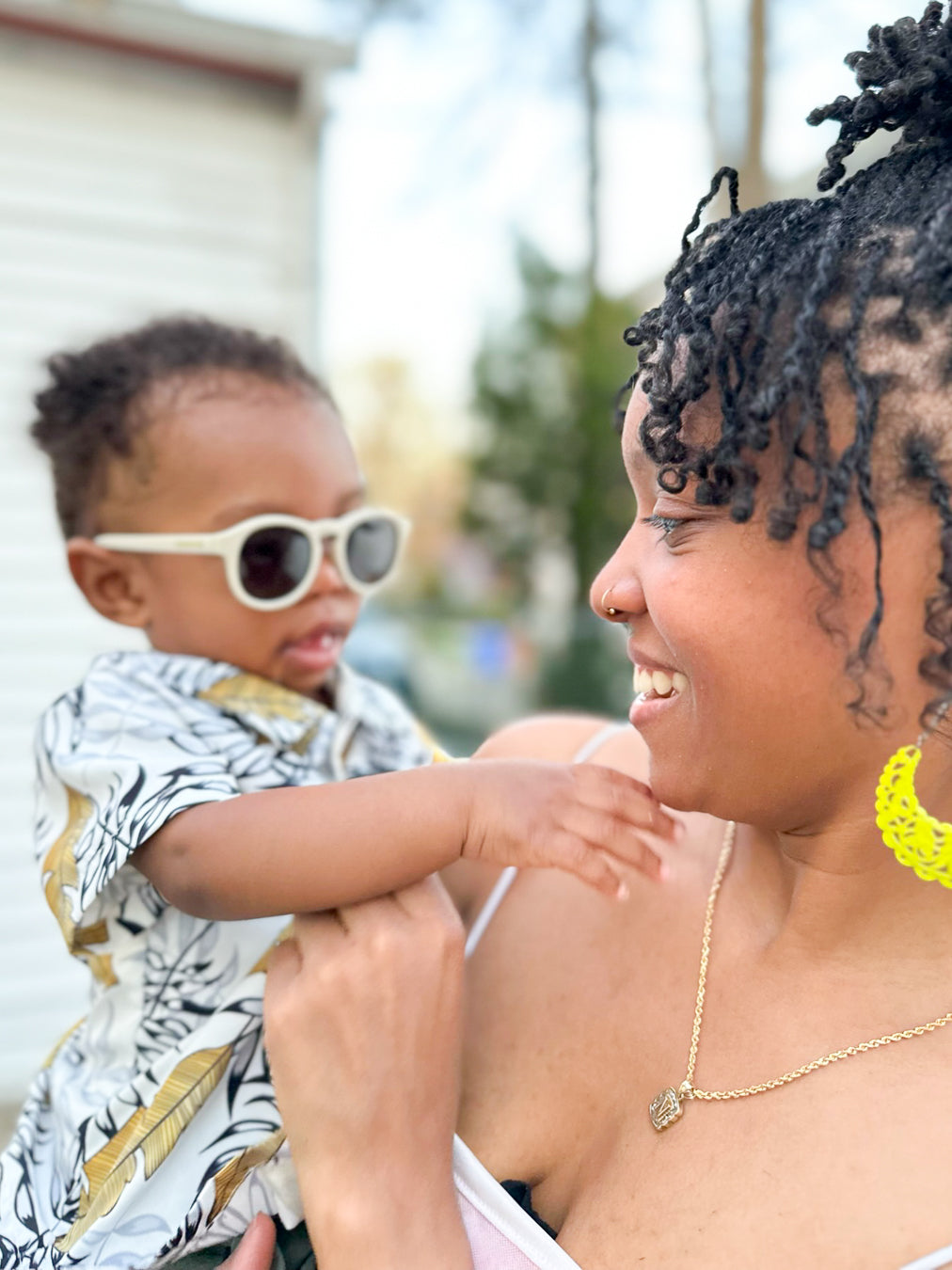How to Protect My Child's Eyes?
As parents, we always want to protect our kids in any way possible. BUT have you ever asked yourself how to protect their delicate eyes throughout the years of their life? You may have searched the internet to look for the right answers but got overloaded with tons of information. Well, your worry days are over!
You can protect your child's eyesight and help them have the healthiest vision possible with proper eye care and early detection. If you are still not sure as to when should you have your child’s eyes tested, you can have a quick read here.
Now, here are easy-to-remember steps in protecting your little one’s delicate eyes:
- Maintain a healthy diet. Prepare delicious and healthy meals that contain lots of vitamins and minerals to ensure optimal eye development. Look for foods that are rich in vitamins A, C, and E, as well as omega-3 fatty acids, zinc, and lutein.
- Rest their eyes. It is important to take regular breaks after every 30-40 minutes of playing, reading, or writing. It is best to reduce their exposure to electronic devices such as mobile phones, tablets, and other handheld devices.
- More green time. Less screen time. Studies have shown that children who spend an hour a day outdoors can reduce the risk of developing myopia. Green time can be spent at a park or in your very own backyard, if you have. This helps develop their hand and eye coordination as well as their physical fitness.
- Sun damage protection. Sunny days are coming, be sure to protect their eyes from the sun’s harmful rays by wearing appropriate shades that have UV400 sunnies- just like our Speckles Shades.
- Start eye care habits. As early as childhood, be sure to practice a healthy eye care habits such as ensuring there is good lighting, especially when they are reading. When reading, your kid should have a healthy distance of 30-40 cm away from the book. On the other hand, when they are using electronic devices, their eyes should have 50 cm distance between.
- Safe toys. Have a look at the sharp edges of their toys. Make sure that the toys you let them play for are age appropriate and that it doesn’t harm not just their eyes but their overall well-being. Also, it is best to give them toys that encourages visual development such as, shake toys or puzzles.


